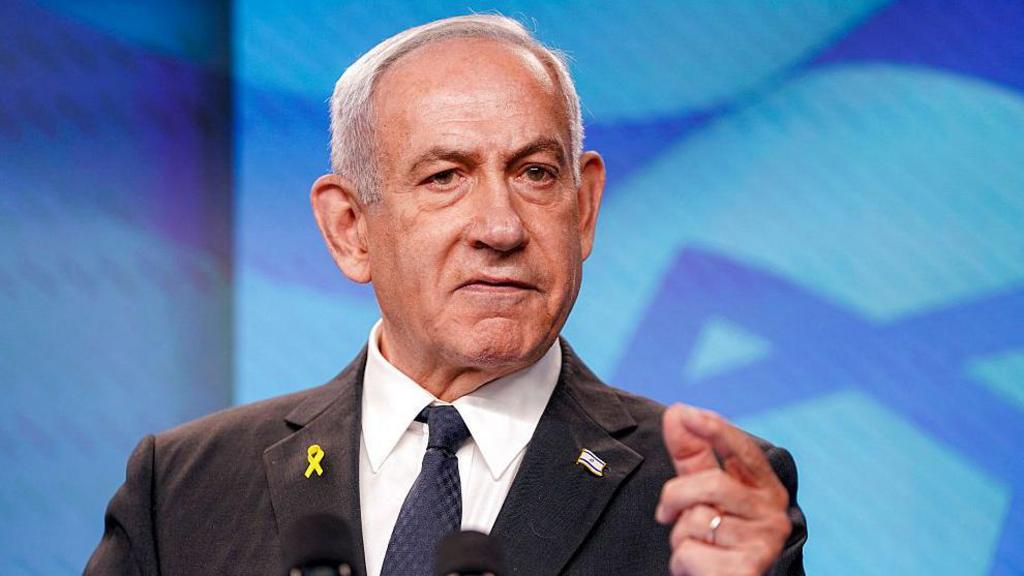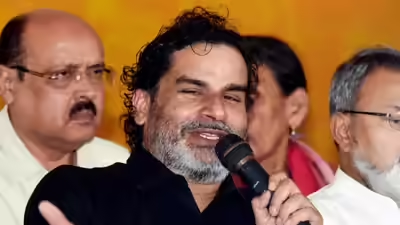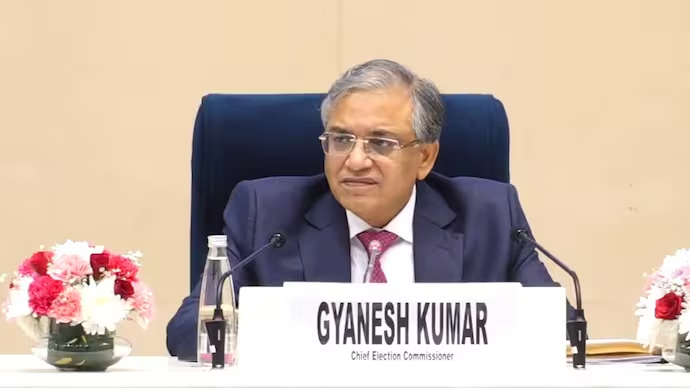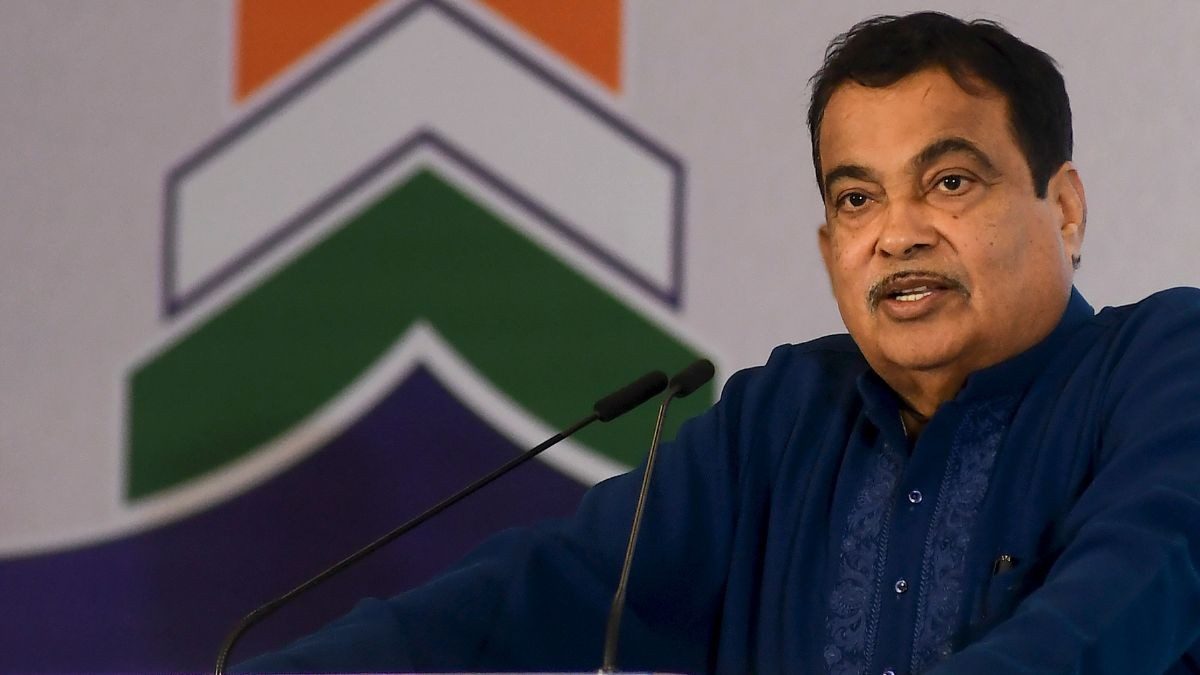Now Reading: Karnataka Congress Faces Power Struggle as Cabinet Reshuffle Buzz Grows
-
01
Karnataka Congress Faces Power Struggle as Cabinet Reshuffle Buzz Grows
Karnataka Congress Faces Power Struggle as Cabinet Reshuffle Buzz Grows
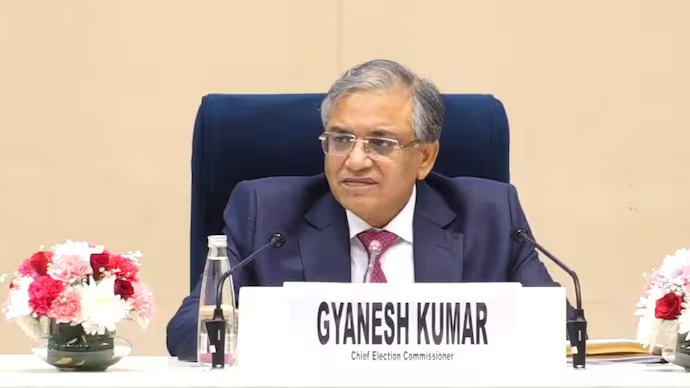
As the Indian National Congress government in Karnataka approaches the midpoint of its term, political tension is mounting. Speculation about a potential cabinet reshuffle and a leadership change is fueling uncertainty. With both the incumbent chief minister and his deputy jockeying for influence, the situation is drawing major attention across Bengaluru and smaller cities alike.
The reshuffle rumours intensify
The mid-term mark often triggers internal reviews within ruling parties, and Karnataka is no exception. Rumours of new ministerial appointments and reshuffled portfolios have gained traction among party insiders. This chatter is creating unease within administrative circles, where uncertainty over continuity is affecting morale and execution of developmental work.
Leadership stakes: who’s in the race?
The real spotlight, however, is on the race for the top post. The current chief minister has denied any vacancy in his position, but the deputy chief minister’s camp is believed to be ramping up its base. Meanwhile the party high command appears to prefer playing a quiet game, adding to the speculation. The outcome could influence not only metro Bengaluru politics but also smaller cities and rural districts where representation and patronage matter to voters.
Impact on Tier 2 and smaller cities
For towns beyond the capital and Bengaluru’s suburbs, this reshuffle buzz resonates differently. Local leaders in Tier 2 cities are watching closely—ministerial changes might shift funding and project priorities for their regions. Developmental delays or abrupt leadership changes can impact infrastructure, urban planning and rural link-roads that smaller cities rely on. Residents say they want stability, not endless internal party drama.
Administrative concerns and public perception
Officials suggest that prolonged speculation can distract from governance. There are concerns that policy implementation may stall as ministers and bureaucrats await clarity. For voters, it’s less about internal power plays and more about delivery—roads repaired, jobs created, services reaching them. If leadership confusion drags on, it could hurt the government’s standing ahead of the next election cycle.
Conclusion:
What’s happening in Karnataka is more than just an intra-party tussle. It’s a test of how well the ruling party balances leadership ambition with governance at the grassroots. For all of Karnataka—including its smaller cities—the stakes are clear: changes at the top may reshape who gets what and when. Stability and focus on delivery will determine whether this power moment becomes a distraction or a reset.









